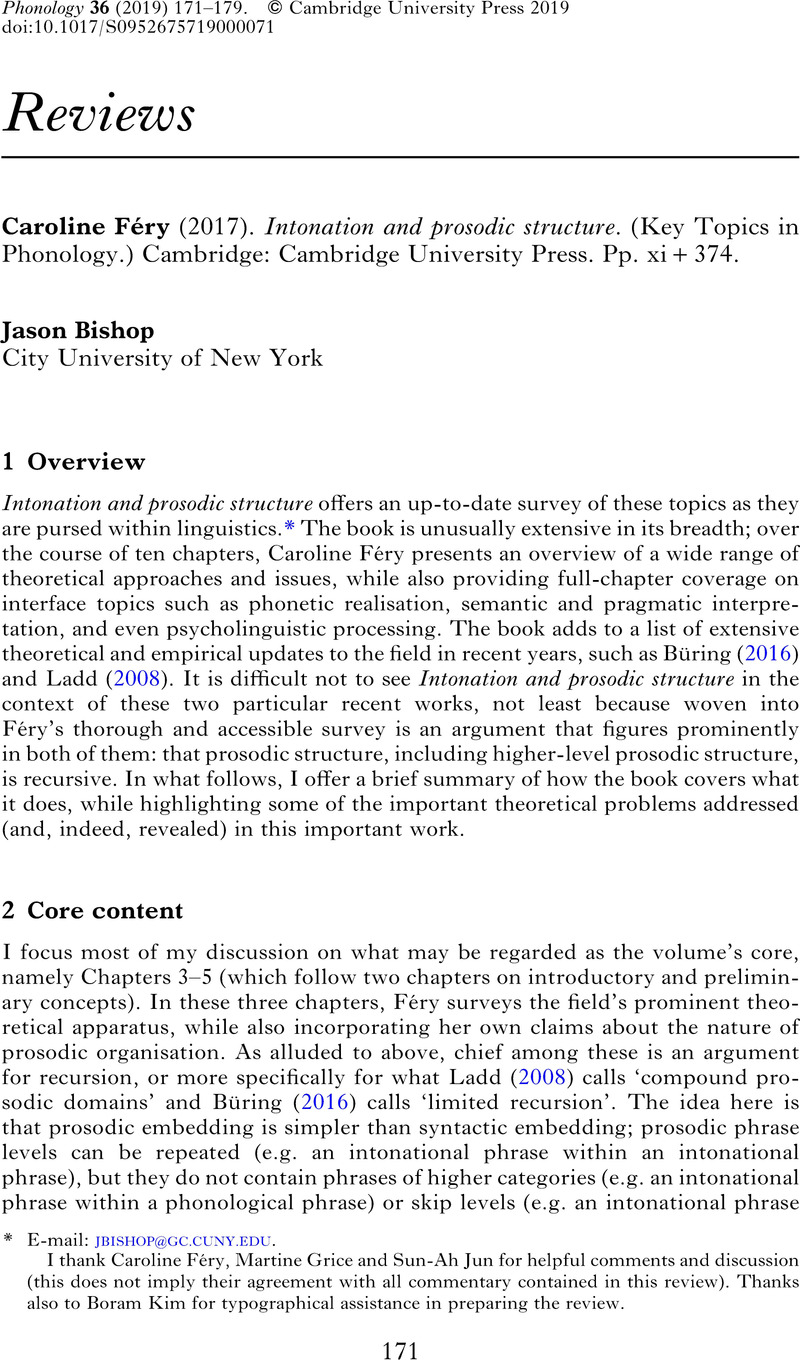Crossref Citations
This article has been cited by the following publications. This list is generated based on data provided by Crossref.
Siptár, Péter
2019.
Harry van der Hulst: Asymmetries in vowel harmony: A representational account. With assistance from Jeroen van de Weijer.
Acta Linguistica Academica,
Vol. 66,
Issue. 4,
p.
621.
Melnik-Leroy, Gerda Ana
Bernatavičienė, Jolita
Korvel, Gražina
Navickas, Gediminas
Tamulevičius, Gintautas
and
Treigys, Povilas
2022.
An Overview of Lithuanian Intonation: A Linguistic and Modelling Perspective.
Informatica,
p.
795.




